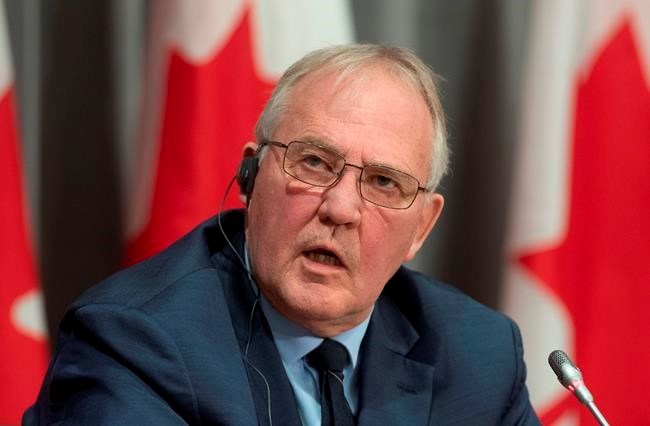OTTAWA — The historic closure of the Canada-U.S. border appears to have stopped the flow of asylum seekers into Canada, with fewer than 10 people turned back to the U.S. in the month since the shutdown to all but non-essential traffic went into effect.
Public Safety Minister Bill Blair provided the update to the House of Commons Monday, the same day the Immigration Department released new figures suggesting prior to the closure the number of asylum-seekers entering Canada was actually higher in the first three months of this year than last.
So far in 2020, the RCMP have intercepted 3,035 people crossing between official entry points, up from 2,698 in the first three months of 2019.
Last month, the RCMP apprehended 955 people, but were unable to immediately say how many were stopped prior to the March 21 implementation of the unprecedented deal to shut the border.
But Blair called the measures in that deal to block the asylum seekers "effective."
"Since the time of that agreement, now 30 days ago, there have been fewer than 10 individuals who have crossed the border and been subsequently directed back to the United States," Blair told the House of Commons.
Earlier this month, the Canada Border Services Agency said that between March 21 and April 2, six asylum-seekers were directed back to the U.S.; it was not immediately clear whether more have tried to arrive since.
Last month, 930 of the 955 intercepted were in Quebec, at the best known among the unofficial openings in the Canada-U.S. border, called Roxham Road.
People use unofficial border points to get around Canada's agreement with the U.S. that governs asylum claims. The agreement states that with few exceptions, people aren't allow to request refugee status upon arrival at land border crossings in either country.
The agreement is predicated on the belief that those seeking asylum must do so in the first safe country they arrive in, and both Canada and the U.S. have agreed they are each safe and so refugee seekers can file their requests in either.
But the Liberal government has been under pressure for years to amend the Safe Third Country Agreement, partially in response to changes in U.S. immigration policy that critics say render that country effectively unsafe for refugees.
As a result, some argue asylum-seekers should just be allowed to request refugee status at land border crossings rather than make potentially risky trips, while others say anyone who crosses irregularly shouldn't be allowed to request status at all.
As the COVID-19 pandemic began to take hold in North America, opposition parties reiterated those demands, but also began raising questions about whether asylum-seekers were being monitored for health risks in the same way as other travellers coming into Canada.
The Liberals originally had planned to screen and then potentially quarantine the border-crossers, a plan no longer required once the border shutdown was put in place.
The border was supposed to re-open on Tuesday but the shutdown has been extended for another 30 days.
This report by The Canadian Press was first published April 20, 2020.
Stephanie Levitz, The Canadian Press




